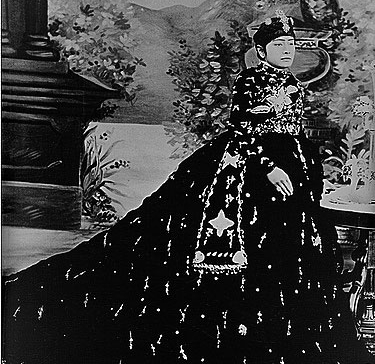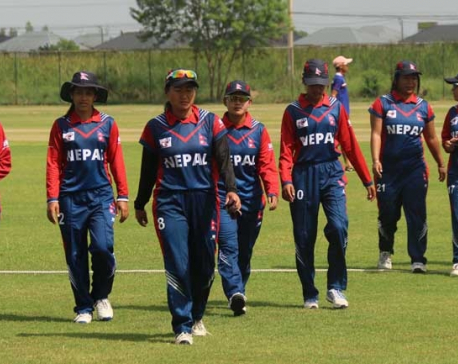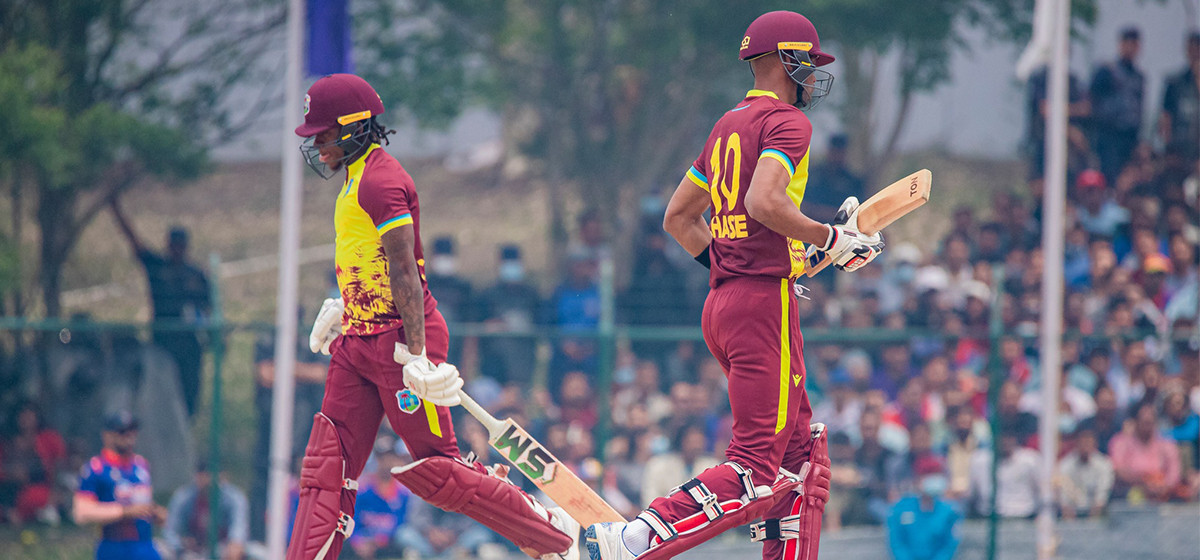
OR
Book Review

Having reviewed "Singhadurbar: Rise and Fall of the Rana Regime in Nepal" by Sagar S.J.B. Rana (8 July 2017, Republica), I was eagerly awaiting the companion volume. Upon learning that the book is now available in the market, I visited a local bookstore to get a copy. I mistakenly asked for the "Lost Kingdom" instead of "Kingdom Lost." The shopkeeper corrected me and handed me the book entitled "Kingdom Lost: Nepal’s Tryst with Democracy 1951-2008." The titles – "Lost Kingdom" and "Kingdom Lost" - may appear similar and confusing, but one must read the book to fathom the difference.
"Singhadurbar" is the first volume of Nepal’s political history, while "Kingdom Lost" is the second volume. "Sighadurbar" covers the political history of Nepal from 1847 to 1951, encompassing the rise of Jung Bahadur Rana to the end of the Rana regime in 1951. On the other hand, "Kingdom Lost" takes the readers from 1951 to 2008, to the point when the reinstated parliament abolished the monarchy in Nepal. This is likely the reason why the book is entitled "Kingdom Lost," not "Lost Kingdom."
Rana has already hinted at a third volume, delving into Nepal’s journey as a federal democratic republic (FDR). Given his 85 years of age, this could be a daunting task for the octogenarian Rana. Hopefully, his son Uday (no pun intended) may take up the assignment. However, it would be too early to publish a third volume. Perhaps we need to wait, at least, a decade to settle the choppy waters of politics. The first volume covers 104 years of Nepal’s political history, the second volume 57 years; it would be fair to have 25 years before FDR gets a clear picture.
The book itself is divided into ten chapters, each marking an epoch in Nepal’s political history from the beginning to the end of the Rana regime. However, for a reader, starting with "Kingdom Lost" without reading "Singhadurbar" first would be an odd exercise. "Kingdom Lost" serves as a complementary volume to "Singhadurbar."
Rana, the first Oxford graduate from Nepal, is an insider in Nepal's power center, providing a ringside view of political developments in Nepal, to which we commoners rarely have access. As an illustration, he writes about the time when King Birendra declared a referendum in 1980, revealing that the royal family members were not on speaking terms. We rarely have a chance to access anecdotal information like this. This is the single reason why it is interesting to read his works. There is also a charm in reading his British English, aside from his penchant for writing immaculate English.
Personally speaking, I find reading "Singhadurbar" to be far more exciting than "Kingdom Lost." However, "Kingdom Lost" is far easier to read as the time period aligns with my age. I was born at a time when the Rana regime was ousted from the country, reared during the king-led Panchayat system, gained political awareness during and after the referendum days, actively participated during Jana Andolan days, and witnessed closely the unfolding and folding of the Maoist movement, Jana Andolan II, and the abolition of monarchy. Reading the book is as easy as recalling one’s life history.
The contours of Nepal may be rectangular, but Nepal’s politics seem to revolve in a triangular shape. If it was the Ranas, the monarchy, and the Nepali Congress that shaped the political history prior to the revolution of 1950, with Nepali Congress and the monarchy joining hands to abolish the Rana regime. Come 1980 or 1990, it was the Nepali Congress and the communist parties joining hands to tame monarchists. The Jana Andolan II again is the outcome of the Seven Party Alliance, the Maoist Party, and the monarchy. Nepal’s political history seems to be repeating. Could there be a similarity between the situation in the mid-1950s when Nepali Congress, Gorkha Dal, and the communists pushed King Mahendra to hold elections and the present-day situation where politics revolves around Nepali Congress, CPN-UML, and the Maoists – taking up the roles of Gorkha Dal? The political actors may have changed, but they retain their characters. Whether it is monarchists, Nepali Congress, the Communists, or the Maoists, they were or are all subservient to India. Managing Nepal must be a significant proposition for India. They do it, damn it; they don't do it, damn it.
One conspicuous point I did not find or may have missed is how King Gyanendra messed up with SAARC by inviting China, irking India. Definitely, that is part of his fatal game. The last chapter of the book has been subtitled “Irreversible March to a Republic,” but the book closes with a question mark: “Who knows if he or his progeny will one day reclaim that crown and scepter?” To this, I have a note from a Maoist leader (sorry that I don’t recall his name): Gyanendra’s first accession to the throne brought democracy (prajatantra) to the country; his second accession brought a republic (ganatantra); if he is expecting a third stint, who knows we might be heading for a totalitarian communist (saamyabadi) country?
You May Like This

Maharajkumari Badan Kumari Rana, the daughter of Jung Bahadur Rana, in this undated photo.
Maharajkumari Badan Kumari Rana, the daughter of Jung Bahadur Rana, in this undated photo. ... Read More...

Sita Rana Magar guides Nepal to first win
KATHMANDU, Nov 24: Karuna Bhandari’s three wickets supported by a wicket each by four other Nepali bowlers helped to limit... Read More...

RPP and RPP Nepal merger soon: RPP chairman Rana
PANCHTHAR, Nov 10: Rastriya Prajatantra Party (RPP) chairman Pashupati Shamser Rana has said his party and the Rastriya Prajatantra Party... Read More...




Just In
- Nepal Investment Summit (live)
- Second T20 match: Nepal loses to West Indies ‘A’
- Bajhang by-polls update: 400 ballots counted so far
- Vote counting update: NC takes lead in Ilam-2
- People urged to take caution as Terai region including Lumbini province experiences sweltering heat
- School Principal arrested for allegedly facilitating fake examinees in Grade XII examination
- Stepdaughter arrested on charges of murdering her mother
- Five shops and a vehicle workshop gutted in Shankhamul fire














Leave A Comment